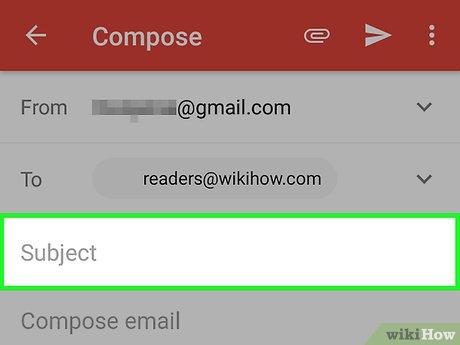
Certainly! Below are practical exercises for drafting emails in various professional scenarios. These exercises will help in honing your email writing skills for different contexts:
Exercise 1: Responding to a Customer Inquiry
Scenario: A customer has emailed asking about the specifications and pricing of one of your products.
Task: Draft a response providing the requested information, ensuring to be clear and concise. Offer assistance for any further queries.
Exercise 2: Email to Schedule a Meeting
Scenario: You need to schedule a meeting with your team to discuss the progress of an ongoing project.
Task: Write an email to your team proposing two possible dates and times for the meeting. Briefly mention the meeting’s purpose and ask for their availability or preferences.
Exercise 3: Follow-Up Email After a Networking Event
Scenario: You’ve recently attended a networking event and met a potential client. You want to follow up and express interest in discussing how your services could benefit their business.
Task: Draft an email to this potential client. Remind them where you met, briefly highlight your services, and propose a call or meeting to discuss further.
Exercise 4: Email Apologizing for a Delayed Shipment
Scenario: Your company has experienced unexpected delays in shipping products to customers.
Task: Write an email to an affected customer. Apologize for the delay, explain the situation, and provide an updated timeline. Ensure to maintain a polite and empathetic tone.
Exercise 5: Internal Update Email
Scenario: You are managing a project and need to update your superiors on the project’s status, including some recent challenges and how they are being addressed.
Task: Compose an email providing a concise update on the project. Highlight key achievements, address the challenges, and detail the solutions being implemented.
Guidelines for the Exercises:
- Clarity and Precision: Be clear and precise in your communication.
- Tone: Adjust your tone according to the context and recipient.
- Structure: Use a logical structure – start with a greeting, followed by the email body, and end with a closing remark.
- Politeness: Maintain politeness and professionalism throughout.
- Proofreading: After drafting the email, proofread it for errors and clarity.
These exercises will give you practical experience in crafting effective emails for different professional scenarios.